|
I’m currently exploring rabbit holes of documentaries, and naturally I gravitate towards those about photographers (and true crime . . . but that’s not relevant here). New Zealand has a MEGA FEAST of talented and interesting photographers. But in classic Kiwi fashion, they work under the radar, have *that* sense of humour, and are very humble. Read below for a list of some of my favourite documentaries about New Zealand photographers (it’s just the tip of the iceberg). My own take on the styles of Brake, Westra, Morrison, and Ward. A Master of Light - The Life and Work of Brian Brake Photographer 1987 (TV). Director, Producer: David Coates. In this Inspiration documentary — made shortly before his 1988 death — Brake reviews his lifelong quest for “mastery over light”, from an Arthur’s Pass childhood to a fascination with Asia. He recalls time at the National Film Unit and is seen capturing waka huia, Egyptian tombs, and Castlepoint’s beach races - NZ on Screen. Favourite quote: “Patience, skill, perseverance and pure gall”. Learn about: impact of positive role models in our formative years, the role of discipline and technique, being on the look-out for photo ops. Special mentions: James K Baxter, Richard Farrell, Doreen Blumhardt, Arthurs Pass, 1980s stubbies and jandals. Ans Westra - Private Journeys / Public Signposts2006. 71min (TV). Directed by Luit Bierenga. Produced by: Jan Bieringa This film explores her remarkable life and work, and includes commentary from family, friends, photographers, and those she photographed. There is also discussion of the controversy over her 1964 book Washday at the Pā - NZ on Screen. It is constructed around a long interview with Westra and a conversation with poet Hone Tuwhare, and follows Westra as she photographs around New Zealand. Locations include Ratana Pā and the memorial service for former PM David Lange - Mary-Jane Duffy, 2013. Favourite quote: “There’s a certain ability to being in the right place at the right time”. Learn about: the power of standing on the sidelines, 38,000 books guillotined – Washday at the Pa controversy, legacy of photographs in society. Special mentions: Hone Tuwhare in his house, tomato sauce bottles, David Lange’s memorial service. Sense of Place: Robin Morrison1993 (TV). Directed, produced by: John Bates. Director John Bates' 1993 documentary examines the life and work of photographer Robin Morrison, who captured iconic images of everyday New Zealand life and landscape. Part biography, part travelogue, the film goes on the road with Morrison to revisit some of his best-loved locations - NZ on Screen. Stuart Dryburgh’s gorgeous cinematography evokes the saturated colours and wide screen vistas of Morrison’s prints, without falling into the trap of ‘quoting’ his imagery. Rather, the tactic is to place Morrison’s pictures at the forefront, but surround them with characters, comments, and location photography that puts them into context - Costa Botes, 2014. Favourite quote: “Sometimes I was behind police lines and sometimes in front of them.” Learn about: importance of interacting with subjects, Cromwell before the dam, the value of photographs documenting place and time. Special mentions: Scones and tea, early 90s music soundtrack, nostalgia, Ted Duggan’s store. Gifts from the Gods2023, 19 mins. Directed by: Hans Weston. Gifts from the Gods is a short documentary film about New Zealand photographer, Julian Ward and directed by Hans Weston. Shot during just one of the 3000+ weeks Julian has been practicing black and white photography, the film shows Julian working in two contrasting environments, the street and the bush. Gifts from Gods refers to the moments and compositions that continually present themselves to him - PhotoForum. Favourite quote: “Trying to find those gaps between people, and pressing the button when the gaps are all balancing.” Learn about: composition, rainy day photography, the responsibility of photographing our world for the future, finding accessible opportunities in your own community. Special mentions: Wellington's Wilton's Bush, fab black and white street photos, Mākara, L.S Lowry. Bird's Eye!2019, 6.39 mins. Directed by Morgan Albrecht, Produced by: Morgan Leigh Stewart, Juliette Veber. (ADHD New Zealand) ambassador Petra Leary features in a short documentary on how she takes her hidden superpower to the sky, focusing her lens on becoming the world’s top aerial photographer. Bird's Eye shows how Petra sees the world from above, seeking startling heights to create stunning art, all while trying to make sense of the complex and challenging world around her - ADHD New Zealand Favourite quote: “The most boring things that you can walk past are sometimes the most interesting things when you see them from the top down". Learn about: how family can support young photographers, photographing what you love, the strong fit of ADHD and photography. Special mentions: Lego, Drake, a super cute dog. Which camera documentaries will i see next?Jos. The Forgotten Photographer Who Saved a Town 2023, 46 min. By filmmakers Dave Kwant and Robyn Janes. Documentary Jos unearths the life and work of Czech-born New Zealand photographer Joseph Divis. Born in 1885, Divis was a pioneer of street-style photography in an era of colonial studio portraits. His photography captures the everyday lives of the residents of gold-mining town Waiuta, and its eventual decline into a ghost town - NZ on Screen. Watch the trailer. Grant Sheehan: Light, Ghosts & Dreams 2023, 119 min (feature film). By filmmaker Robin Greenberg. For more than four decades, Wellington-based photographer Grant Sheehan has made his way in the world through images. Where many photographers find longevity in laser-focused speciality, he is one of the few that has managed to thrive by expanding his style ever wider. Spinning yarns as though to an acquaintance on the neighbouring barstool, Sheehan recounts his own exceptional career in this charming documentary - NZIFF.
Watch the trailer.
0 Comments
Canterbury Museum in Christchurch, New Zealand is about to start a massive redevelopment that is both exciting and sad for locals as we farewell the galleries we grew up with. The Museum has been emptied and international and local street artists have made their mark on walls throughout the galleries, offices, and collection rooms for SHIFT Urban Art Takeover before the building closes in April for 5 years. I was surprised at what I photographed. I captured artwork that made an impression on me, but much of it was about memories, nostalgia, and funny things. Like being part of a secret club with in-house jokes. Read on for my 11 favourite treasures at SHIFT Urban Art Takeover (with some extra bonus photos at the end). Tips for planning your visit:
1. GLOW IN THE DARK ART There's maximum impact near the start of the exhibition with glow-in-the-dark Flox and Sweats in the old vertebrate store room. An added bonus is wearing white and also glowing in the dark. That vibe never gets old. 2. BIRD HALL MILARKY I think I'll miss the Bird Hall the most when the museum is redeveloped. The weird light, green carpet, and feeling the serenity. And hearing people bonk their heads into the angled glass. Milarky is giving it a hilarious send-off, replacing birds and eggs with these guys.
New works will evolve from the artists’ responses to their location, the physical qualities, the room’s purpose and the idea that there are certain items or stories that are distinctly part of the Museum’s history, and these might include scientific knowledge and related items that have been used in the building. There is an opportunity for artists to create new stories, especially those who have grown up here and have an undoubted connection to the Museum. 5. MARGARITA VOVNA The old Asian Arts Gallery is another space with the Green Carpet of Nostalgia. I was drawn to Vovna's murals. Her work looks so tactile. I can imagine how the shiny subjects feel. The colours in the artworks by Component, Ross Liew, and Margarita Vovna are glorious together. This is one of those galleries that made me Google the artists and learn more about them.
7. SPECIAL EXHIBITIONS HALL The old special exhibitions hall felt spaciously grand after exploring all the little nooks and crannies of museum storage spaces and offices. It includes work by Ikarus, Benjamin Work, Wongi 'Freak' Wilson, Thom Richardson, Eno, Askew One, Jacob Yikes, Drapl, BMD, and personal favourite of mine - Milton Springsteen.
10. ASIAN ARTS GALLERY REFLECTIONS I found a spot tucked away with excellent reflections of the Botanic Gardens and 19th Century Mountfort-designed windows. It was a comfy place to sit for half an hour watching people go by. The spray can is by Ghostcat. For me, SHIFT Urban Art Takeover represents the shift in art accessibility and diversity since the 2011 earthquake. In the last 12 years, the arts sector in Christchurch has loosened up. Manoeuvring around bureaucracy (thumbing your nose at it) and collaborating with like-minded people became valuable skills - regardless of background or education. There are fewer barriers to creating art. I hope this continues. Need fresh ideas for your photography study? Want to learn new photographic angles and perspectives? Read on to find out how neighbourhood photography can help you focus and tell your story. What’s the big deal about neighbourhood Photos?There are loads of cool things about candid street photography in your community:
1. Photographing architecture in the community‘Architecture’ doesn’t have to mean an arty new building or ancient temple in the centre of a city. There is beauty in the detail of all forms of architecture. Rural areas have old outbuildings, places of worship, or huts. Suburbia is full of repeated patterns and juxtaposition of old and new. Public buildings such as libraries or galleries are great to photograph because you may not have to ask for permission. Always ask before going onto private property and be mindful of your personal safety . 2. Finding colour in community photographyChoose a hue, and photograph as many items of that colour as possible during your neighbourhood photo walk. Green is easy if you live in the countryside so maybe try for a more challenging vivid orange! Perhaps purple is your vibe in the city. Photograph a detail of the purple bumper on the car next door, the violet bakery sign, lavender flowers in the library garden and the lilac coloured baby hat dropped on the footpath. This is a lovely mindfulness exercise if you need to take a break from everyone and everything. A theme of yellow and blue in Timaru, Oamaru, and Christchurch New Zealand. Copyright HJ Milne 2023. 3. Street portraitsYou need to be in a confident mood and have good communication skills for this one! Ask people in your community if you can take a photo of them during your walk. This works well for neighbourhoods where ‘everybody knows everybody’. Take a relaxed portrait of them in-situ. Perhaps the ice-cream scooper at the gelato shop, your neighbour changing their bike tyre, or the woman down the road mowing her lawn. Always ask permission first, and let them know why you’re taking the photo. Offer to email them the finished photo and don’t take it personally if they say no! 4. Photographing animals you meetIt sounds easy (and fun) but photographing animals in the community can be a solid challenge. Apart from the obvious cat and dog options, look up to trees and power lines for birds. Those in farm environments definitely have an advantage! The country you live in plays a role in the critters you can photograph. The only indigenous mammal we have in New Zealand is the pekapeka/bat (which I’m yet to photograph). So I tend to focus on wild birds interacting with each other and cool pets hanging out on the streets. I'm jealous of those living in countries where they might come across a squirrel, badger or wombat! Use a fast shutter speed, and always ask for permission if the animal is with it’s human. 5. low angle perspectivesWe get into the habit of photographing from the same height – especially when working fast with street photography. Slow it down and create a series of neighbourhood photos taken from ground level. Find a few comfy places to sit on the ground. An old cushion will help. Capture feet and legs walking by, bicycle wheels, litter, gutters, and pipes. Balance the camera on a stable brick or piece of wood and experiment with different shutter speeds to create a sense of movement. I often get odd looks from people when I do low angle street photography, but that doesn't bother me. Just be wary of people walking into you or doggos coming to say hi. 6. Something beginning with . . .Take your friends or family out and see if you can all photograph something beginning with each letter of the alphabet in your neighbourhood. Mix up the angles and perspectives. Don’t be afraid to try close-ups and push the boundaries of your camera (or phone camera). Set up some rules to make it more challenging (avoid grass and concrete for ‘g’ and ‘c’!) What do the finished photos tell you about the photographer? Who is good at finding details? Who has the best nature alphabet photos? Combine the best alphabet street photographs for a shared collection. This is a fun way to get creative guidance from friends and family. Being creative doesn’t mean you have to spend money or travel far away. Make the creative brain sparks ping by seeking out inspiration in your own community. This is also a lovely way to understand more about the history and people in your area while gently learning about camera settings and techniques. Art Hole (Darkroom), 336 St Asaph Street, Christchurch
1-5 November 2022 10am - 2pm Heather Milne presents an exhibition that tells stories about Christchurch’s inner city. This collection includes photographs from her 'March Fifteenth' and 'Pretty Munted' series, and individual works from the past five years. |
Hi.This blog shares tips and tricks for you to get involved with photography, and keeps you up to date with my exhibitions and shenanigans. Archives
February 2024
Categories
All
|
Services |
|









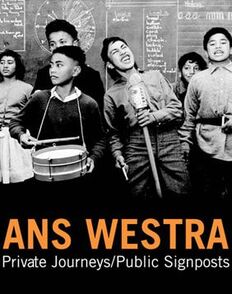



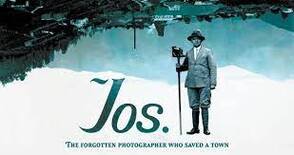










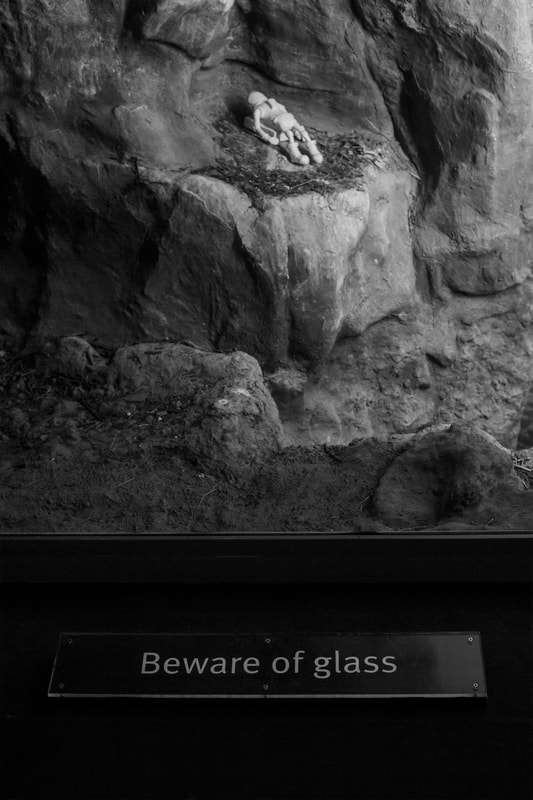





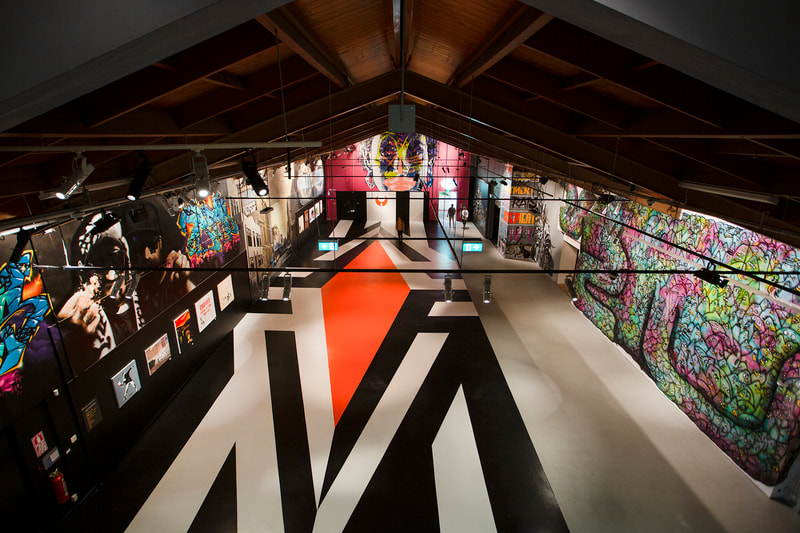






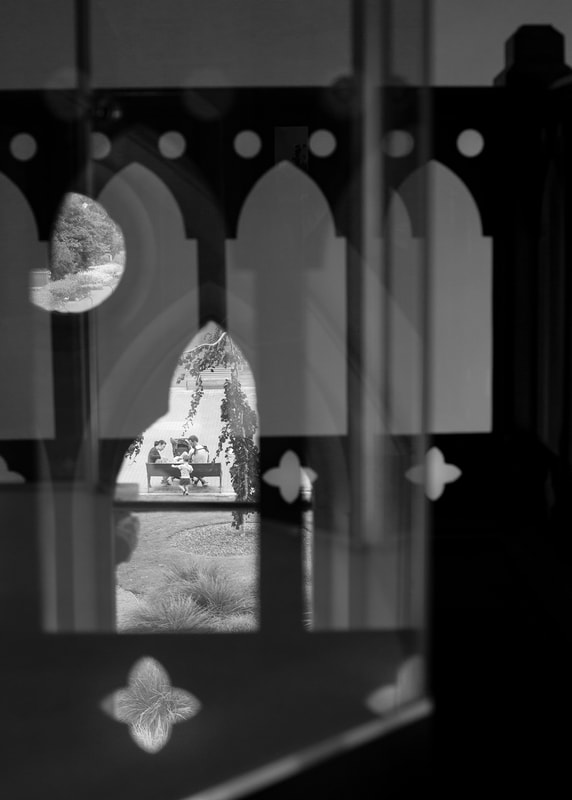



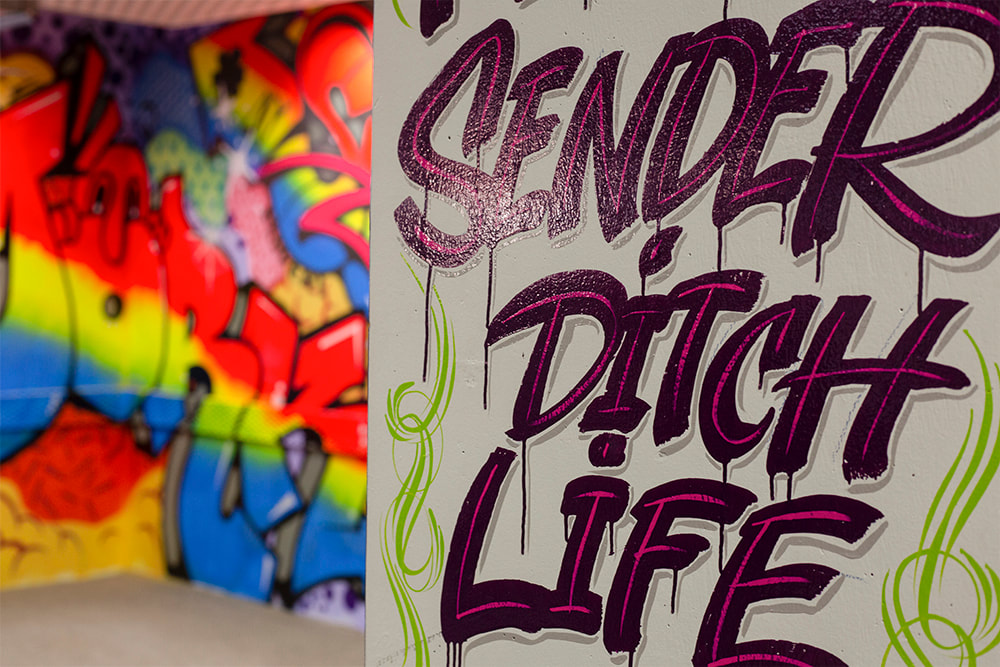
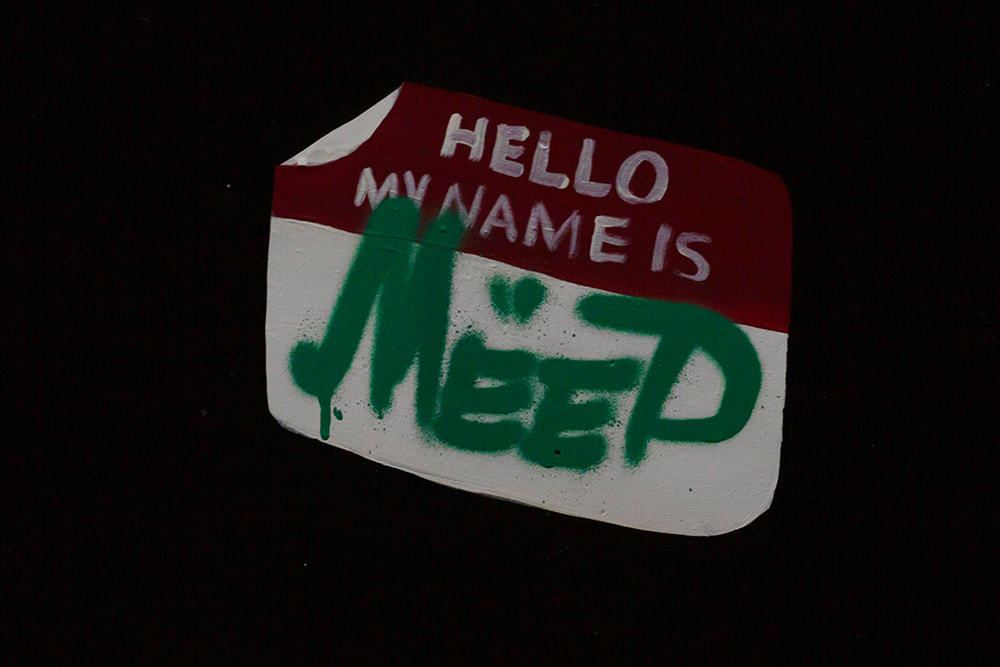


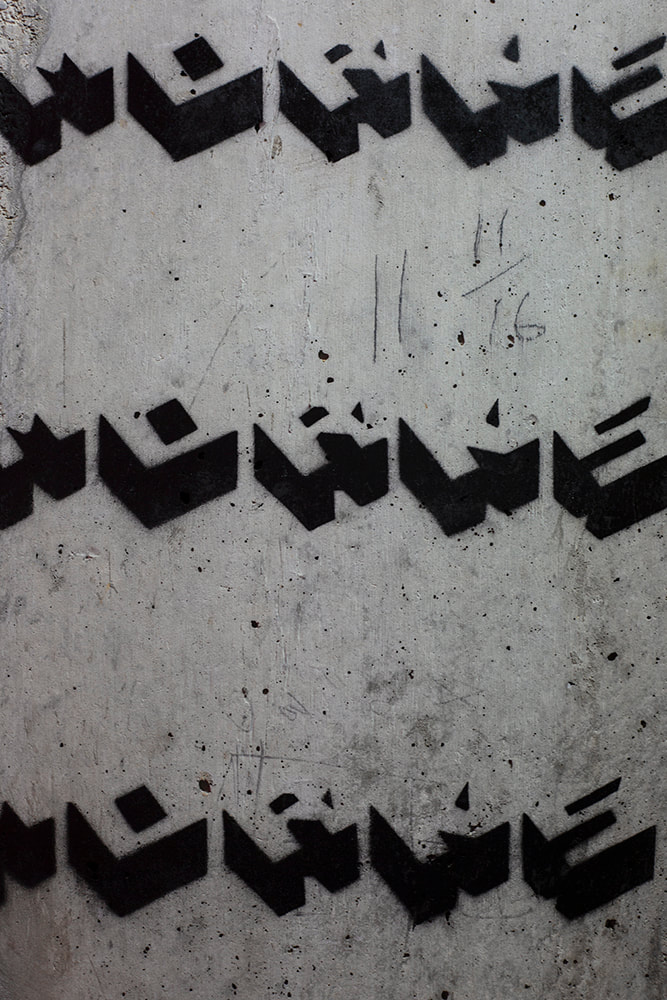

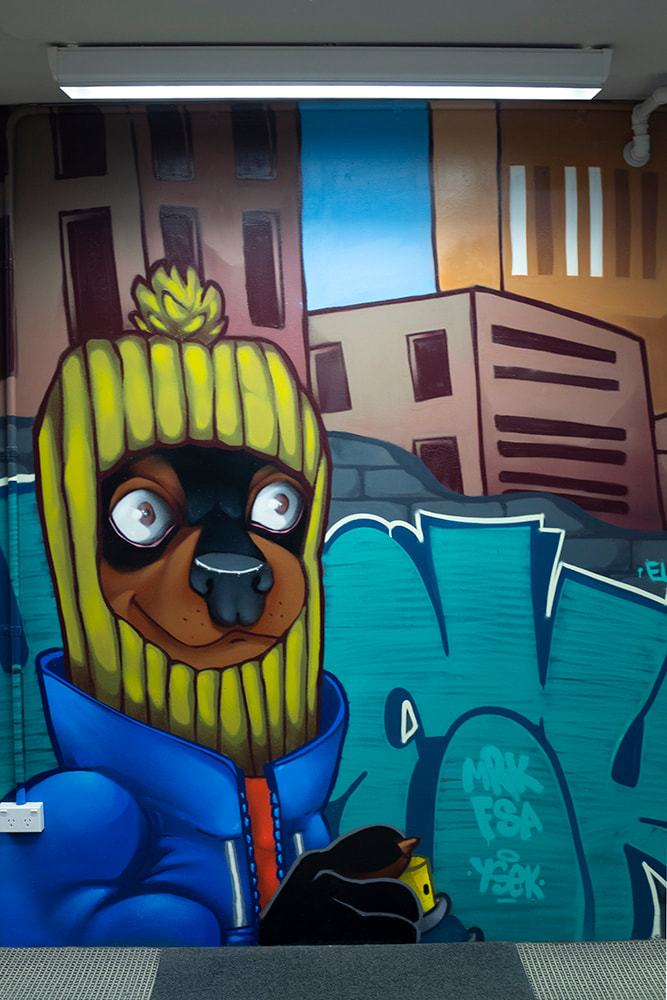

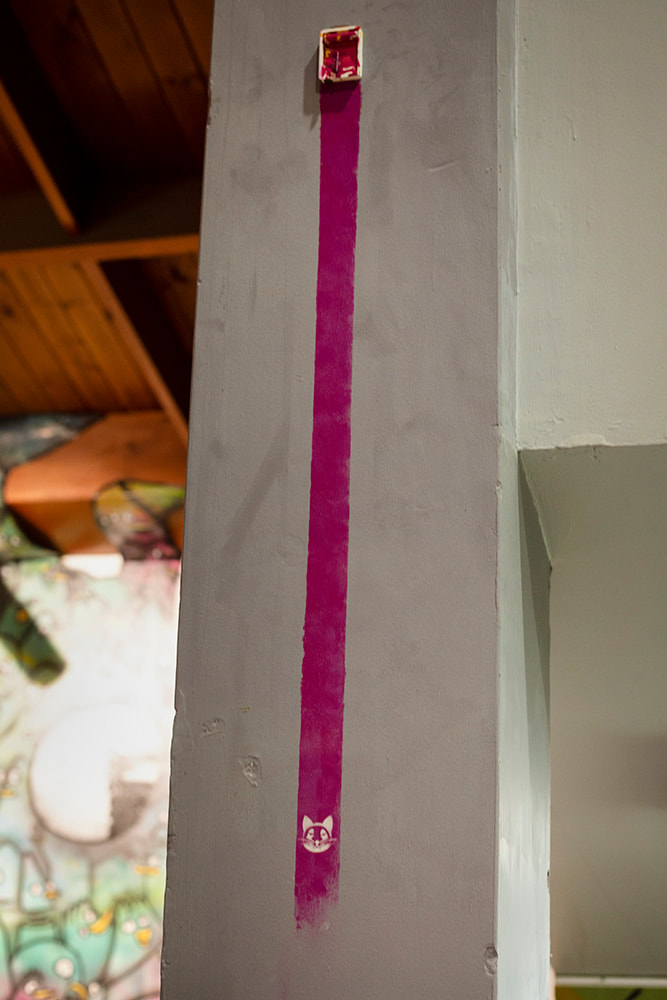
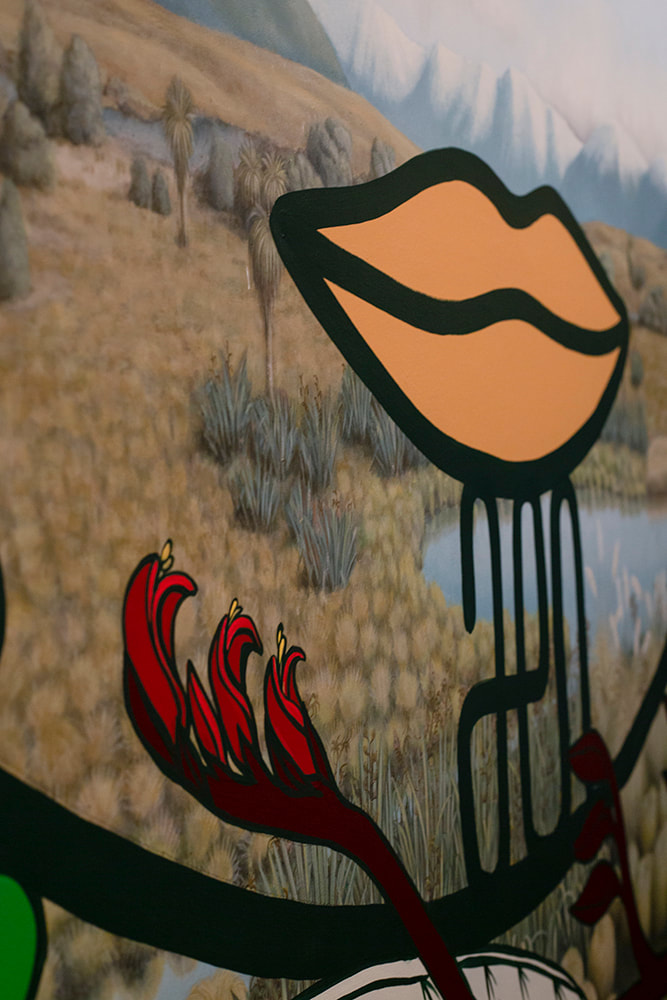





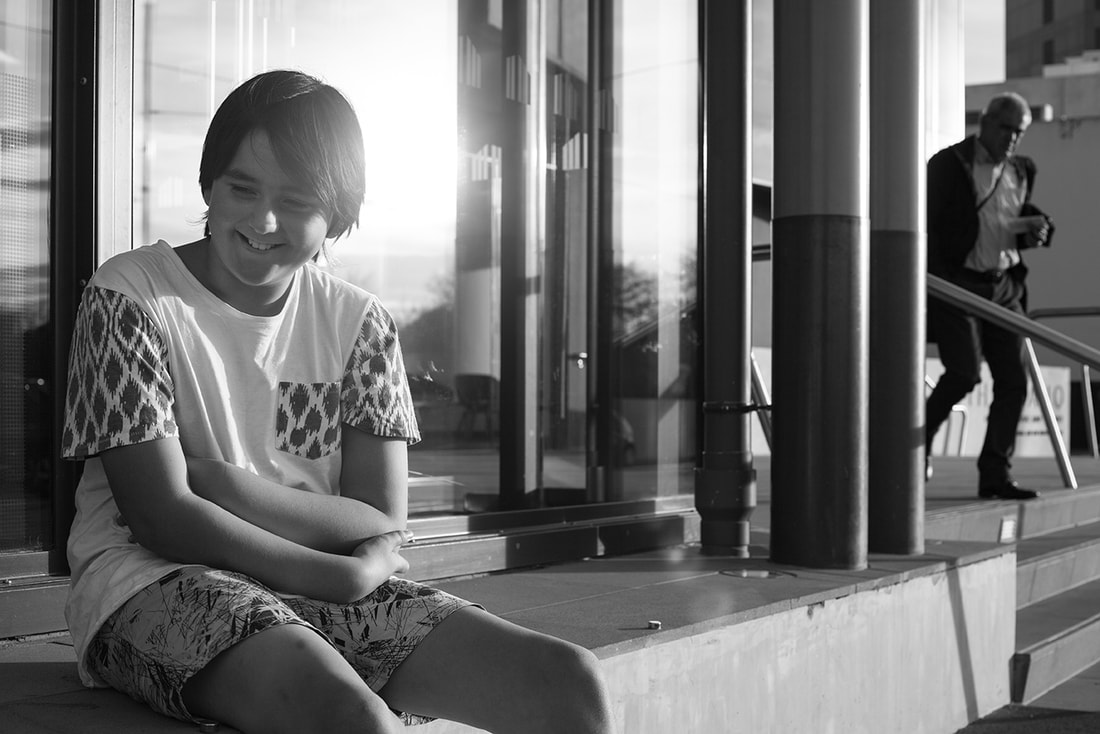
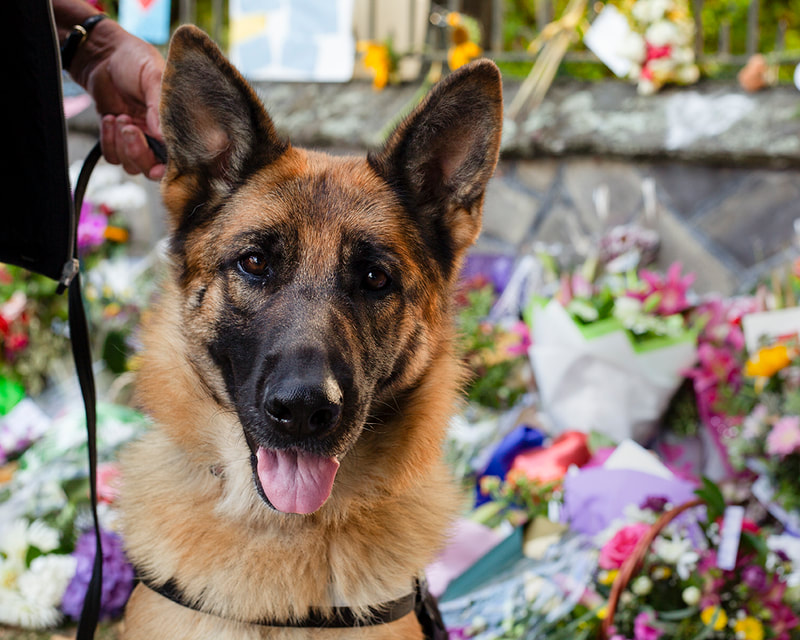






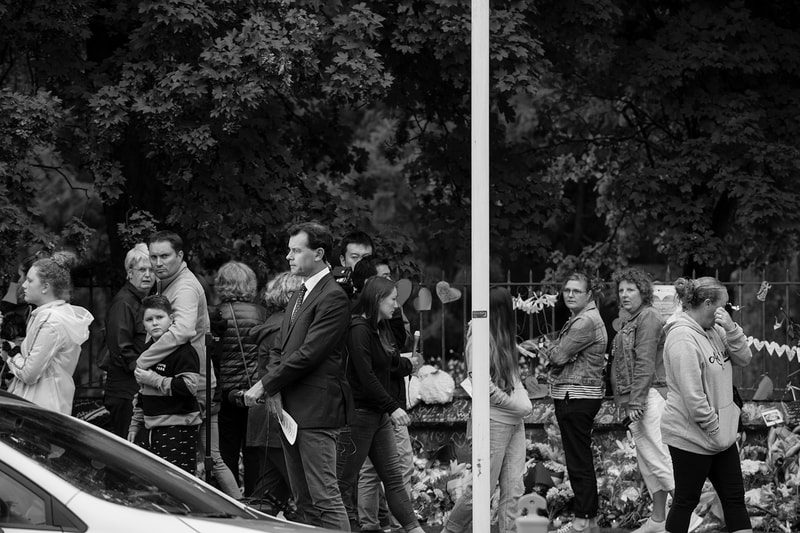
 RSS Feed
RSS Feed